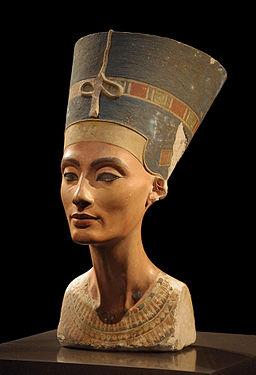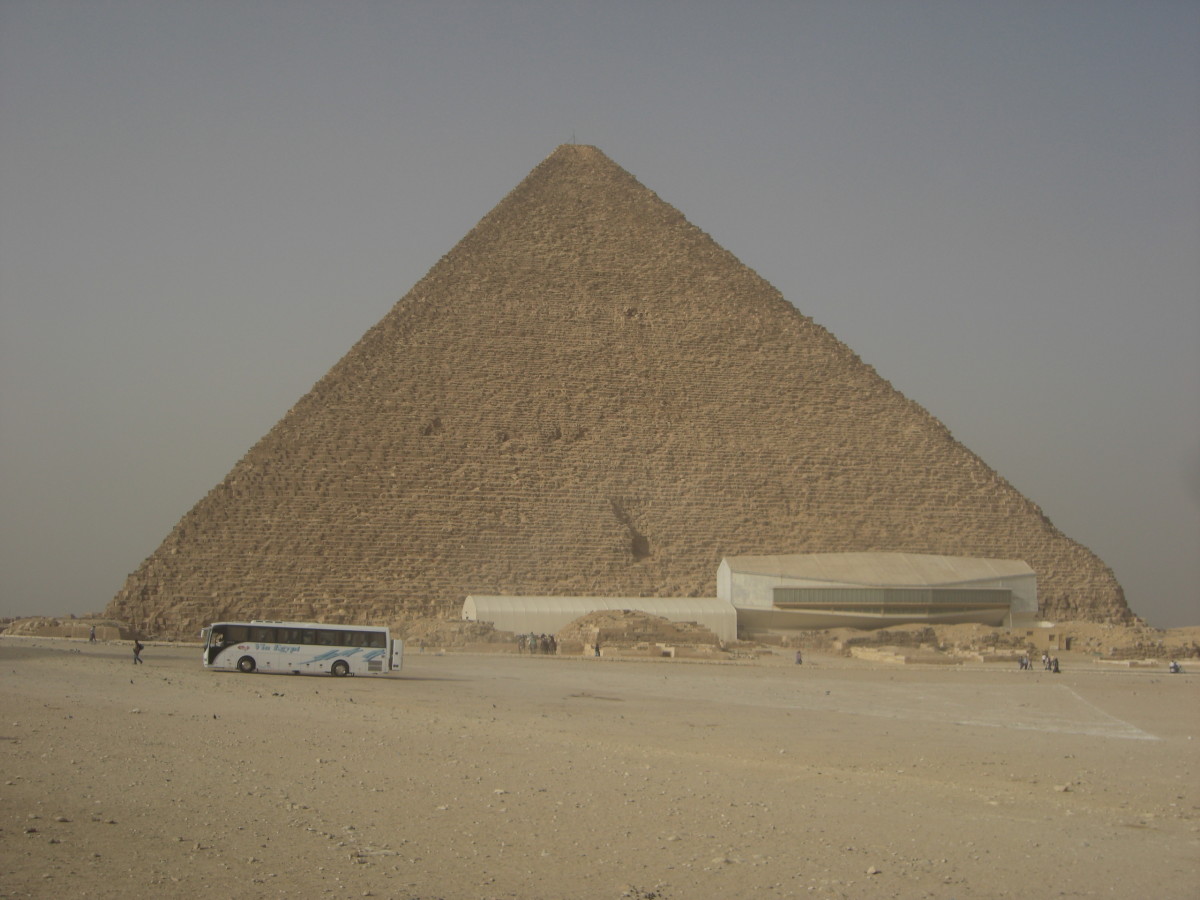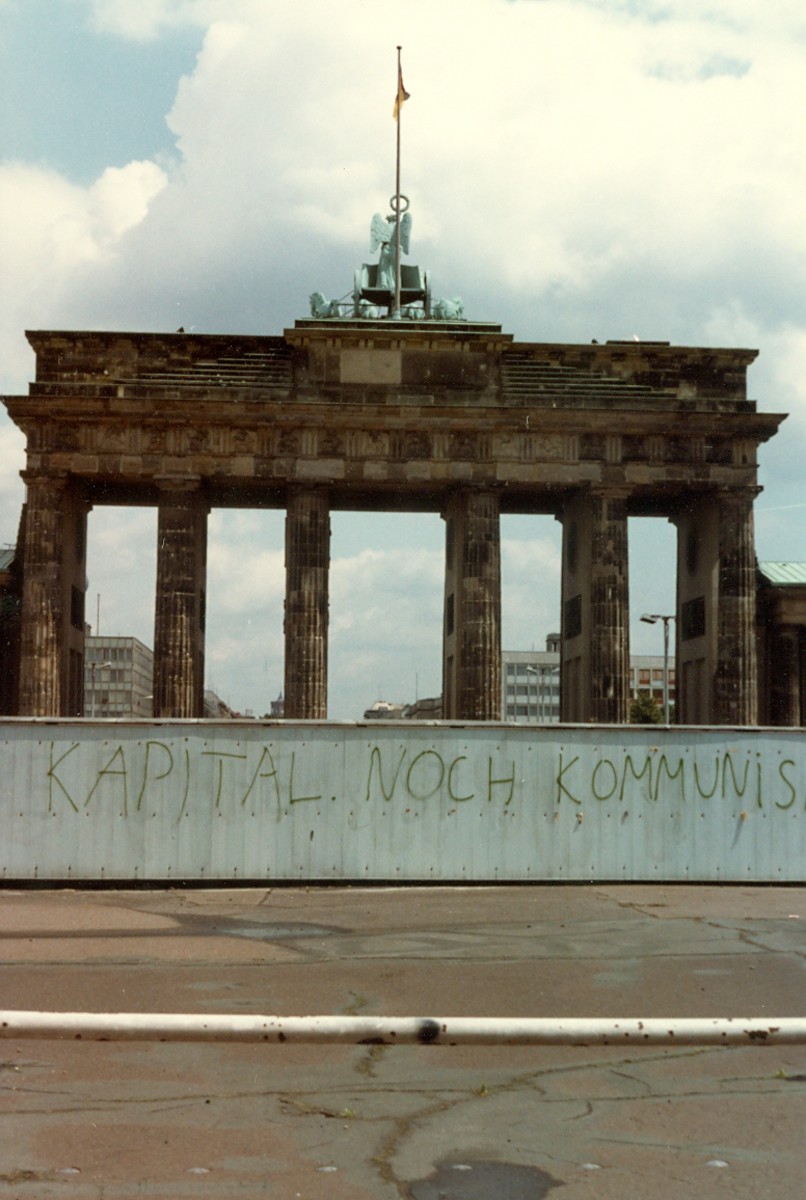Why is the Nefertiti Bust still in Berlin?
Picture of the Nefertiti bust in Neues Museum, Berlin

100 years of the Nefertiti Bust discovery
The discovery of the Bust of Nefertiti marked 100 years since it was dug out from the ruins of the ancient Egyptian city of Akhetaton (Amarna) by a German archaeologist named Ludwig Borchardt on 6th December 1912. Nefertiti lived from ca. 1370 BC to ca. 1330 BC, the Eighteenth dynasty of Egypt. She was the wife of Egyptian Pharaoh (King) Akhenaton, who was famous for his religious revolution by introducing the solely worship of the sole deity Aton (with a status above mere gods).
How was it discovered?
Millions of people came to see the Bust of Nefertiti every year and it is considered to be one of the most popular art piece in the world. Many people are not coming to Cairo Egypt to see it, but to the Neues Museum in Berlin. Why?
Since the discovery of the Nefertiti Bust, there have been constant arguments between Germany, France and Egypt. Up till today, the Egyptians think that the German took it illegally and many people in Germany also think so. At that time Egyptians were ruled by the British and the French took care of the antique pieces from the archaeology. Archaeologists from all over the world came there and took part in the archaeological competition. The German archaeologist Ludwig Borchardt from Berlin was one of them. He traveled there for the German Oriental Society (Deutsche Orient-Gesellschaft) and was funded by the German Emperor Wilhelm II and James Simon for his expedition in Egypt.The discoveries from Ludwig Borchardt were very rich. As usual practice, he was allowed to take half of his discoveries back to Germany, which were half of about 10,000 pieces and the Bust of the Nefertiti was among them.
According to a news report from Der Spiegel in 2009, which is one of the biggest weekly news magazine in Europe, they have seen a document from the German Oriental Society, which revealed that Ludwig Borchardt might have misled a senior Egyptian Official in 1913 by not showing the best view of Nefertiti Bust. So that, he could take it back to Germany.
Why is it in Berlin?
The discovery was a big secret and he showed it to the German Emperor Wilhelm II and James Simon only. Before James Simon gave away it to the Egyptian Museum in Berlin in 1920, the Bust was kept at his living room. In 1924 the museum showed it to the public for the first time, the people in Berlin were very fascinated about it. Since then, the Egyptian and the French wanted to take it back...
In 1930 it was decided to exchange the Bust with two statues and then a timetable was made to give it back to Cairo in 1933. But later Hitler stopped the return because he wanted to build his own museum in Berlin. During World War II it was kept at underground shelter (bunker in German) and then at a salt mine in a German state called Thuringia (Thüringen in German). After the War, the Americans returned it to the Museum of West Berlin in 1956. Finally, it has been located at the Museum Island in Berlin since 2005.
Perhaps the Egyptian artists have made plenty of heads like the Bust of the Nefertiti 3500 years ago. But they never thought that one of them became so popular in the future. Der Spiegel said that Nefertiti is the "Mona Lisa of Berlin". It is one of the great discovery in the century and would be last forever as an cultural icon and attracts the spotlight even more than a celebrity.
An exhibition in Berlin
You will have the chance to see it, when you travel to Berlin coming months. To celebrate its 100th anniversary, the Neues Museum in Berlin will present an exhibition together with the Egyptian Museum and Papyrus Collection between 7 December 2012 to 13 April 2013. It is said that they will show some never-seen discoveries from that period and the visitors will have a better understanding of the expedition in 1912 and the city of Akhetaton at the Amarna period.









